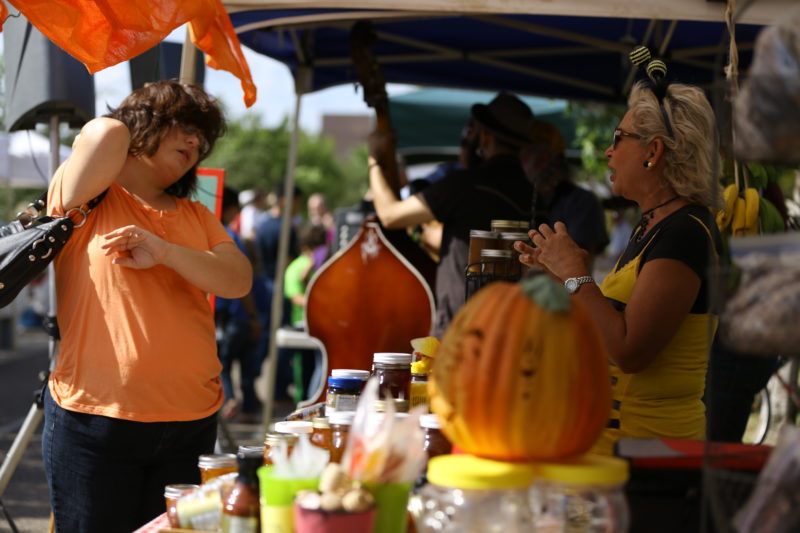
Share On Social!
Inspired by successful programs like Wholesome Wave and Michigan’s Double Up Food Bucks, the federal government is recognizing that subsidizing fresh fruits and veggies for low income families is one way to encourage those families to buy and eat healthier foods.
Agriculture Secretary Tom Vilsack recently announced USDA’s National Institute of Food and Agriculture (NIFA) is making up to $31.5 million in funding available to help participants in the Supplemental Nutrition Assistance Program (SNAP) more easily afford healthy foods like fruits and vegetables.
The Food Insecurity Nutrition Incentive (FINI) program, a new Farm Bill program, brings together stakeholders from distinct parts of the food system and fosters understanding of how they might improve the nutrition and health status of SNAP households. Under FINI, applicants may propose relatively small pilot projects, multi-year community-based projects, or larger-scale multi-year projects. Funded projects will test community based strategies that could test how best to increase the purchase of fruits and vegetables by SNAP participants through various methods.
According to a press release by the USDA, all FINI projects must:
- Have the support of a state SNAP agency
- Increase the purchase of fruits and vegetables by low-income consumers participating in SNAP by providing incentives at the point of purchase
- Operate through authorized SNAP retailers, and be in compliance with all relevant SNAP regulations and operating requirements
- Agree to participate in the FINI comprehensive program evaluation
- Ensure that the same terms and conditions apply to purchases made by individuals receiving SNAP benefits as apply to purchases made by individuals who are not SNAP participants
- Include effective and efficient technologies for benefit redemption systems that may be replicated in other states and communities.Read more in this NPR article.
Explore More:
Healthy Families & SchoolsBy The Numbers
142
Percent
Expected rise in Latino cancer cases in coming years



